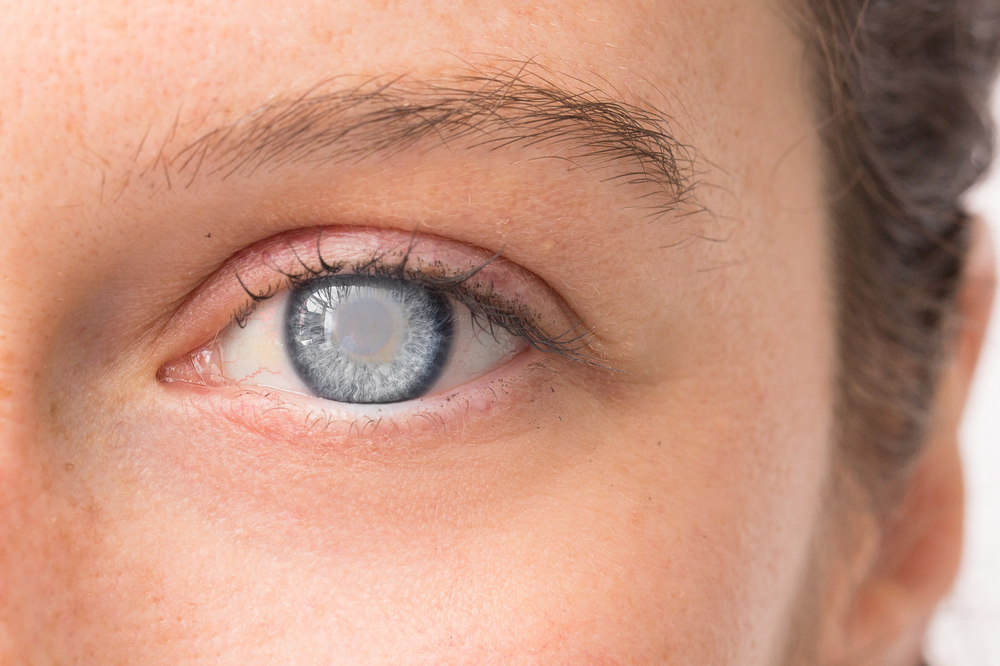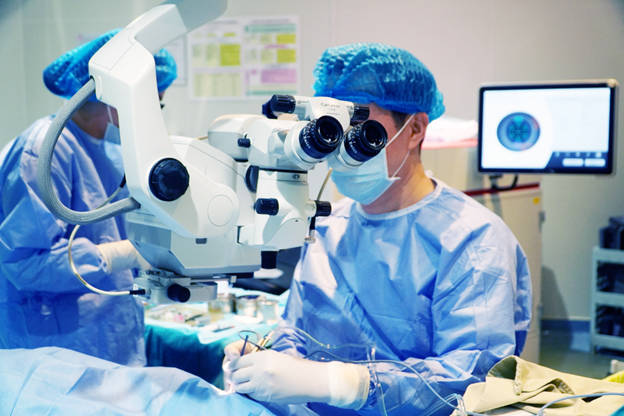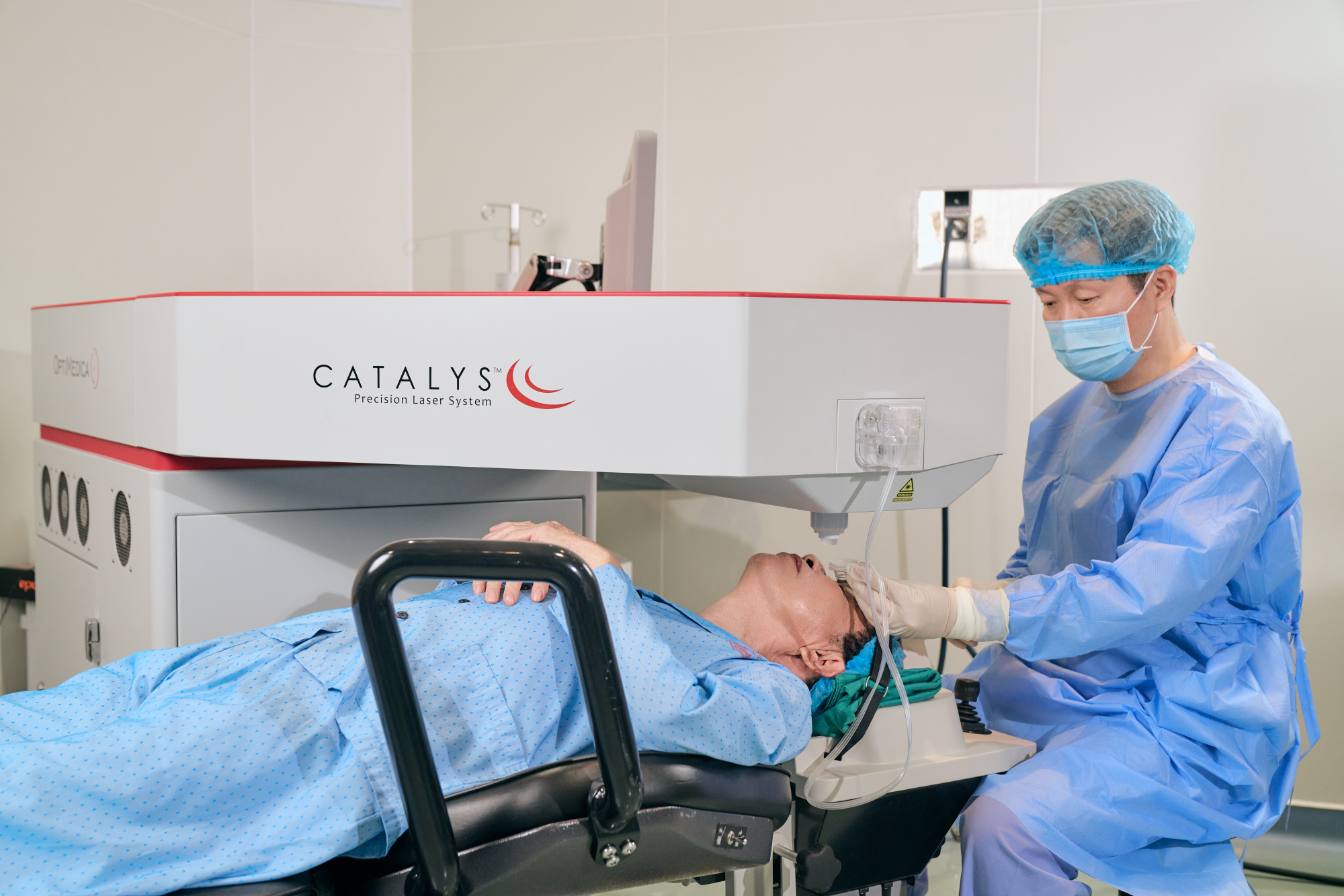THE MYTH ABOUT RELAPSE AFTER CATARACT SURGERY
Some patients after cataract surgery find their vision blurred. Is this a re-cataract after surgery? How will it affect the patient's life and what is the cause and treatment for this condition? Find out right through the article below!

Relapse after cataract surgery - Yes or no?
Cataract surgery (Phaco, Laser Cataract) is considered the most effective and safe treatment method today, improving the patient's vision with a success rate of more than 99%.
After surgery, the lens cannot become cloudy again because the natural lens has been removed from the eye. However, patients may experience blurred vision after surgery. Usually, the person will notice this within a few weeks to a few months.
Currently, there is no way to accurately predict who will be at risk for postoperative blurred vision, but it is one of the most common complications of cataract surgery (up to 50% according to the American Academy of Sciences). American Society of Ophthalmology).

Causes of blurred vision after surgery
There are many causes of blurred vision after cataract surgery such as:
- Pore back cover.
- Vitreous deviation.
- Fundus disease (diabetic retinopathy, macular degeneration, retinal detachment).
- Recognizing signs.
Some symptoms to recognize blurred vision after surgery:
- Blurry feeling like there are clouds in front, or the image is milky or blurry.
- Reduced vision and difficulty seeing at night.
- Glare due to bright lights.
- Double look.
Treatments
In case of artificial lens deviation, the patient will be performed a procedure to adjust the lens to be balanced and properly centered inside the eye.
In the case of fundus diseases, patients will need to implement appropriate treatments to solve the problem of vision loss caused by these diseases.
For posterior capsular cataracts, the patient will have a YAG laser - a non-invasive outpatient procedure that takes only a few minutes to perform and can help improve vision almost immediately, without scarring. incision or eye contact during the procedure, causing no pain or discomfort.
During YAG laser treatment, the ophthalmologist uses short pulses of laser energy to create a small hole in the posterior capsule. This opening eliminates blurred vision by allowing light to pass through the back of the eye unobstructed.

After the procedure, patients should have a specific follow-up schedule (1 day, 1 week, 1 month) to check eye pressure and assess vision status.
Cataract treatment at Japan International Eye Hospital

Invested and managed by Paris Miki Holdings (Japan), Japan International Eye Hospital is the first ophthalmology unit in Vietnam to provide Japanese-standard medical services, with more than 30,000 cases surgery and the satisfaction rate is up to 99%.
Team of experienced doctors: The team of doctors are trained at home and abroad, with many years of experience in the examination and treatment of cataracts.
Modern technology: The leading machinery system in Southeast Asia supports the accurate and efficient examination process.
High-grade artificial lenses: Artificial lenses are carefully selected from factories in Japan, France, USA, Switzerland, the Netherlands with advanced EDOF technology and diverse types to treat patients. selection multiplier.
Examination and surgery procedures meet Japanese standards: The pre-operative examination is strict, fast, and thorough. Patients are carefully consulted by an ophthalmologist before surgery to have the best visual quality.
👉 Learn more about cataract surgery at Japan International Eye Hospital: https://jieh.vn/en/services/cataract-surgery.
